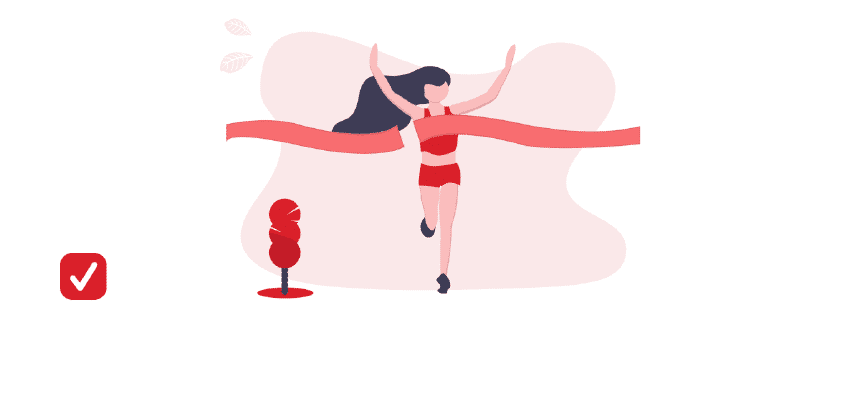Create a competitive advantage with strategic debtor management

Creating a competitive advantage is only possible with innovation, strategy or employees, right? Certainly not. You can also ensure this with strategic debtor management. A strong financial position, as a result of smart debtor management, contributes to your organisation’s edge over your competitors. A financial position where your organisation can finance innovation and growth with its own resources. How do you achieve that? In this blog, we provide insights for strategic debtor management.
Strategic debtor management ensures that you are consistent in your debtor policy. Think of drawing up invoices, the language used, the mentioned payment term, but also sending reminders consistently and offering different payment options. This debtor management is only strategic if it is in line with the business and financial strategy. So if you really use it to gain a competitive advantage.
What can I achieve with it?
With strategic debtor management, you get your invoices paid earlier and easier. This leads to fewer Days Sales Outstanding (DSO) and better cash flow. And that in turn leads to a better liquidity position and a stronger financial position. Your organisation is less financially vulnerable. Plus, with better cash flow you can finance desired growth or ambitions with your own resources. This also saves interest costs on external financing that you otherwise needed.
Consistent debtor management and yet less time spent on it
With a strategy behind debtor management and consistent follow up of invoices, am I not spending more time with that? Certainly not. Modern technology, for example in the form of automating the follow-up process of invoices, helps to spend less time on it. Time that you can then spend on your customers to, for example, increase customer satisfaction.
An important insight for strategic debtor management: credit management must be measurable
Only then will you know what the results of your policy are. With clear KPIs and regular measurements, you have a grip on results and on possible optimisations of, for example, the follow-up process.
Related articles

Invoice finance software, a new way of financing your growth

Order to Cash software (O2C)

